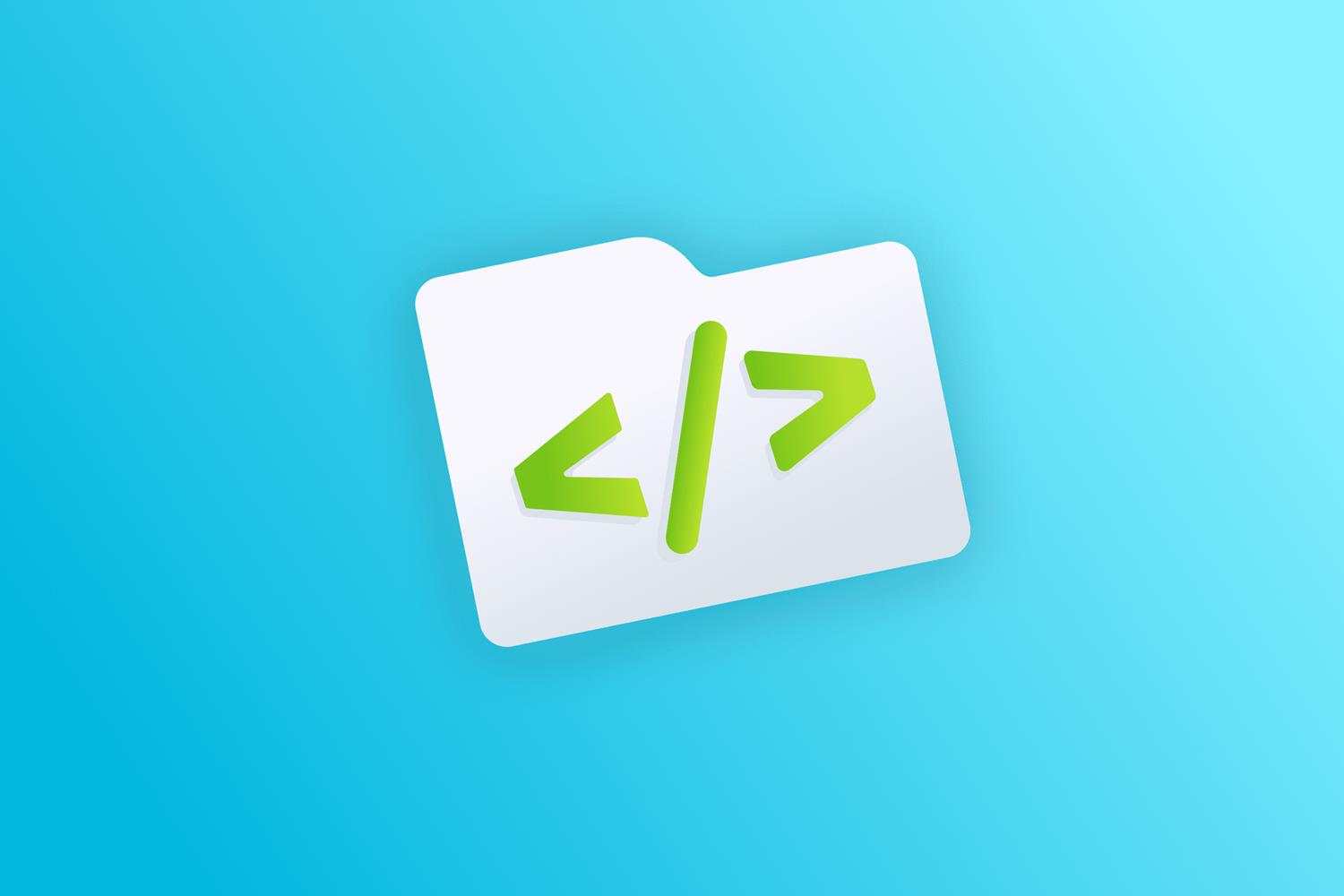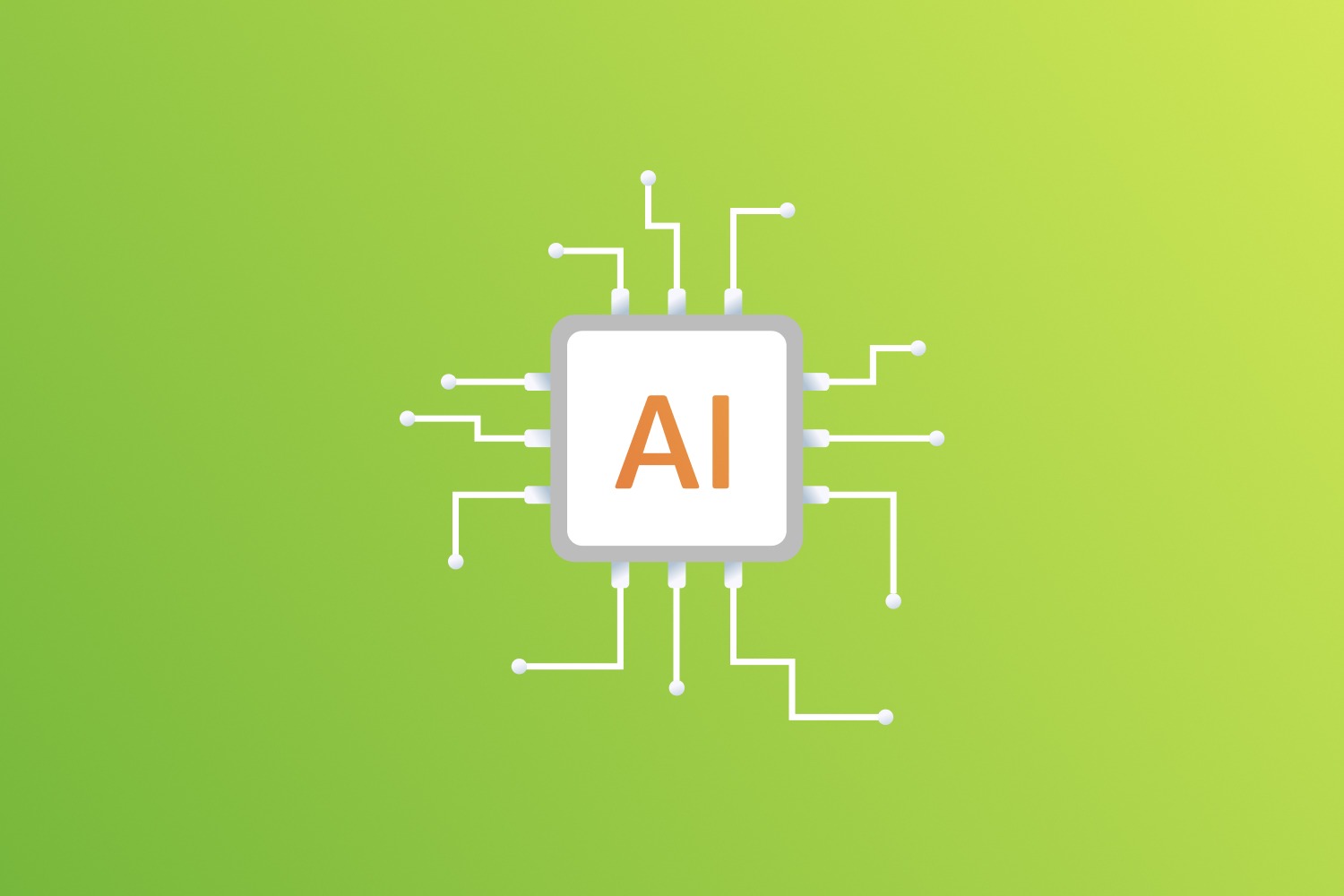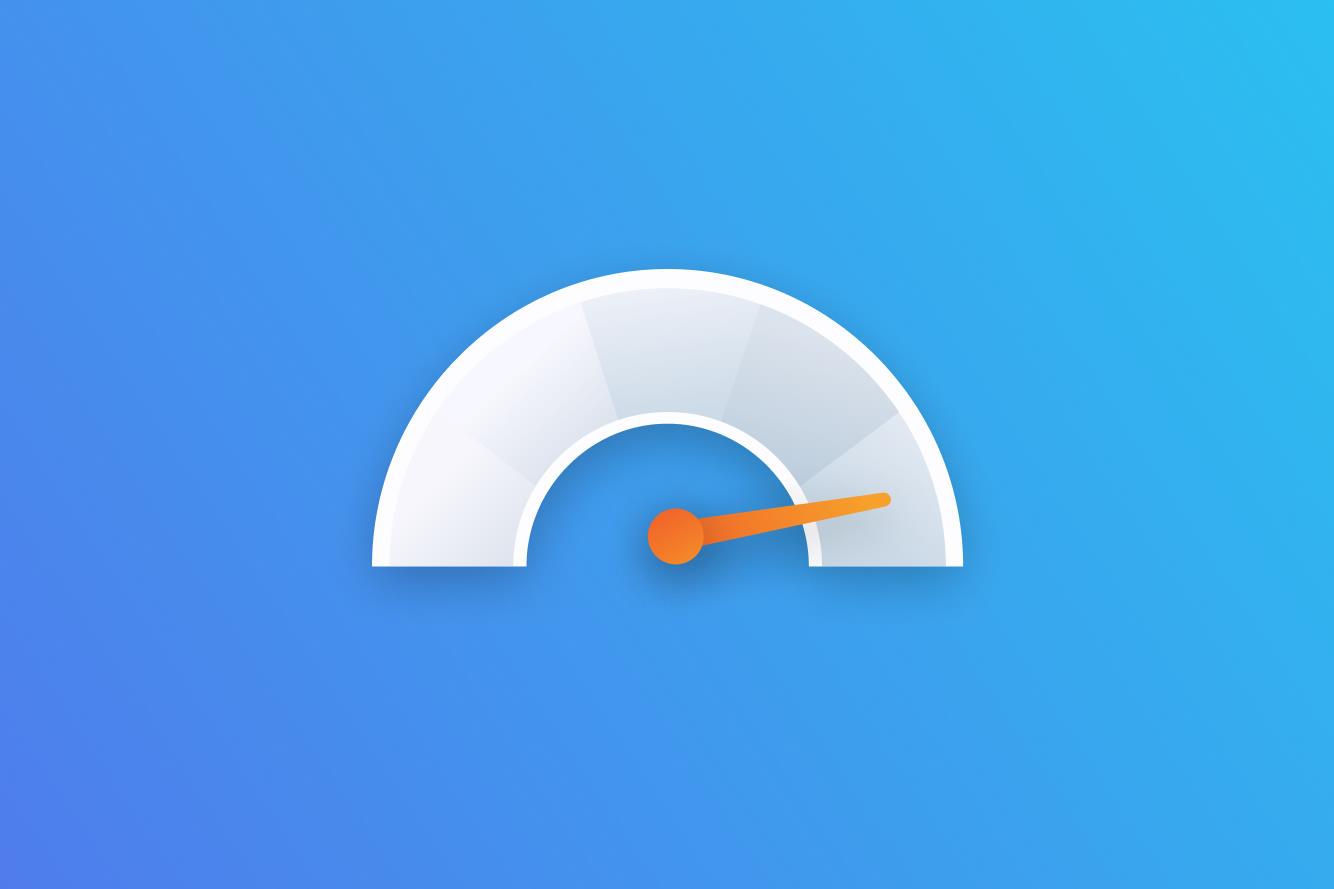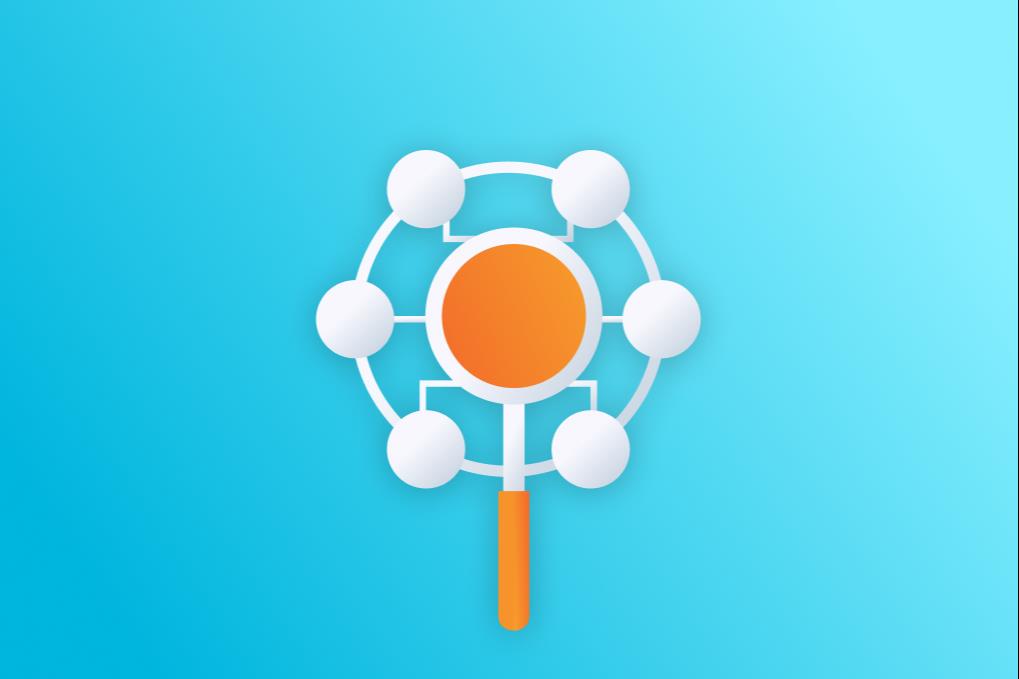For more than twenty years, Java has been the most popular programming language in the world. Curious, we asked the EPAM Java community to explain the popularity of the language. Together, we came up with five reasons to fall in love with Java — if not forever, then for long.
Twitter, Telegram (for Android), IntelliJ Idea, ElasticSearch, LinkedIn, Apache Hadoop, Jenkins, and many other major companies use Java to develop desktop and web applications. Java is commonly used in banking, trading (including high-frequency trading), high-load systems (the Netflix streaming services), mobile systems (the majority of Android applications), and embedded systems (terminals, ATMs, telecommunications, the Internet of Things, and other).
1. First, it’ cross-platform. This is probably the advantage everyone knows about. Java is launched inside the Java Virtual Machine (JVM) which means that your code doesn’t directly interact with an operating system. Theoretically, it can work anywhere where JVM is, be it Windows, Linux, MacOS, and mobile platforms, as well as in robotics or embedded systems. So, there is a strong possibility that your smart coffee maker is based on Java.
2. It’s scalable. Java was created for scalability, that’s why it’s so popular in large projects and among start-up companies. For example, Twitter switched to Java from Ruby. Since Java is a statically typed language, it’s easier and faster to support your code with fewer errors. Besides, it’s backwards compatible, which means that older versions of applications can still work flawlessly even after Java is updated to the newer versions.
3. It has a large community. Have you ever faced a seemingly unsolvable problem? Don’t worry, you’re not alone. There are tens of thousands Java developers ready to help you by providing articles (DZone, Baeldung, Mkyong, and even Habr) and answers to your questions (Stack Overflow, GitHub).
4. It is continuously developed. Java is nothing but a rapidly evolving language, thanks to the contribution of the community and such companies as Google, Twitter, Oracle, RedHat, JetBrains, IBM, Intel, ARM, and others. And while we were admiring the new features of Java 8, such as lambdas and streams, the new versions 10, 11, and 13 were released. And Java 14 is already on its way! Thanks to the backwards compatibility, it won’t be so troublesome to switch to a newer version, as it may seem.
5. It’s simple. We all know that there’s no simpler and friendlier code than the one written in Java. Of course, we’re biased. We know that both bad and good code can be written in any language (well, almost). Nevertheless, it’s hard to argue that the combination of the best coding practices and Java produces incredible results.
We’re pretty sure it’s enough to melt a developer’s heart. Believe me, Java will become an excellent companion to you in the world of IT. But no matter how strong your devotion to Java will be, sooner or later, we recommend you trying some other JVM languages. For example, the Clojure functional language, the Groovy scripting language, the Scala object-oriented language, and Kotlin, the essential language for Android development. All in all, you can be a polyglot programmer while staying true to a familiar JVM.
No doubt, we all seek to become full-stack developers to build both back-end and front-end solutions. To do this, we need to know JavaScript and such popular SPA frameworks as React.js, Angular, and Vue.js.
The demand for Java developers in the market is ever high. So, if you want to become one, now is the time!








